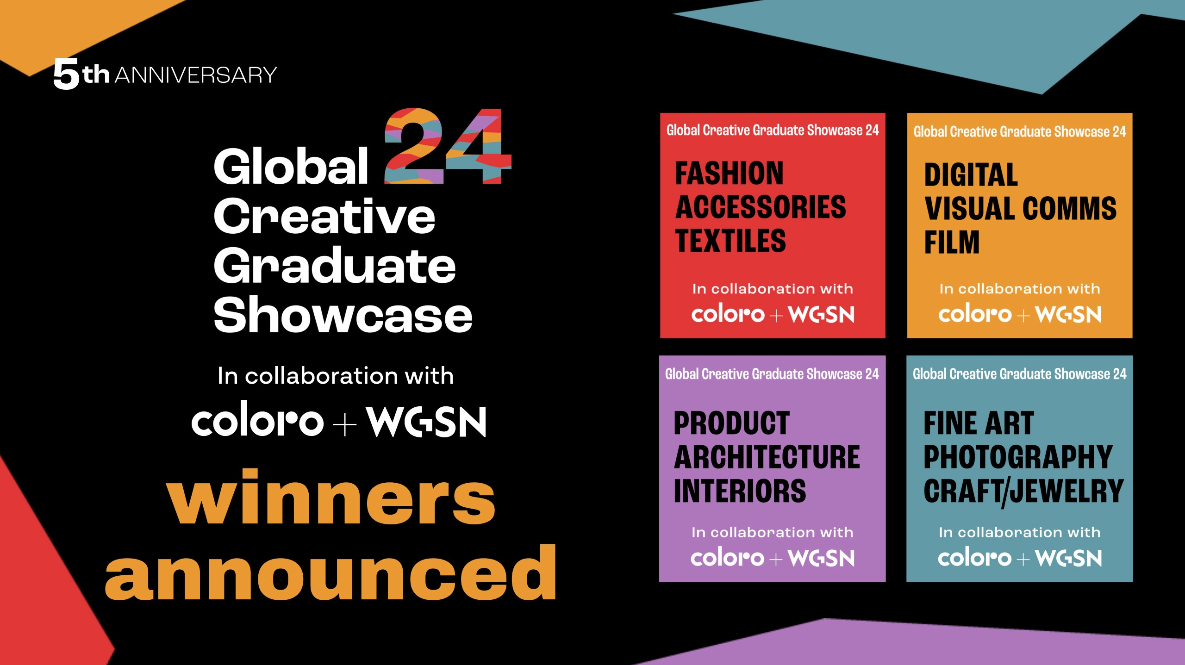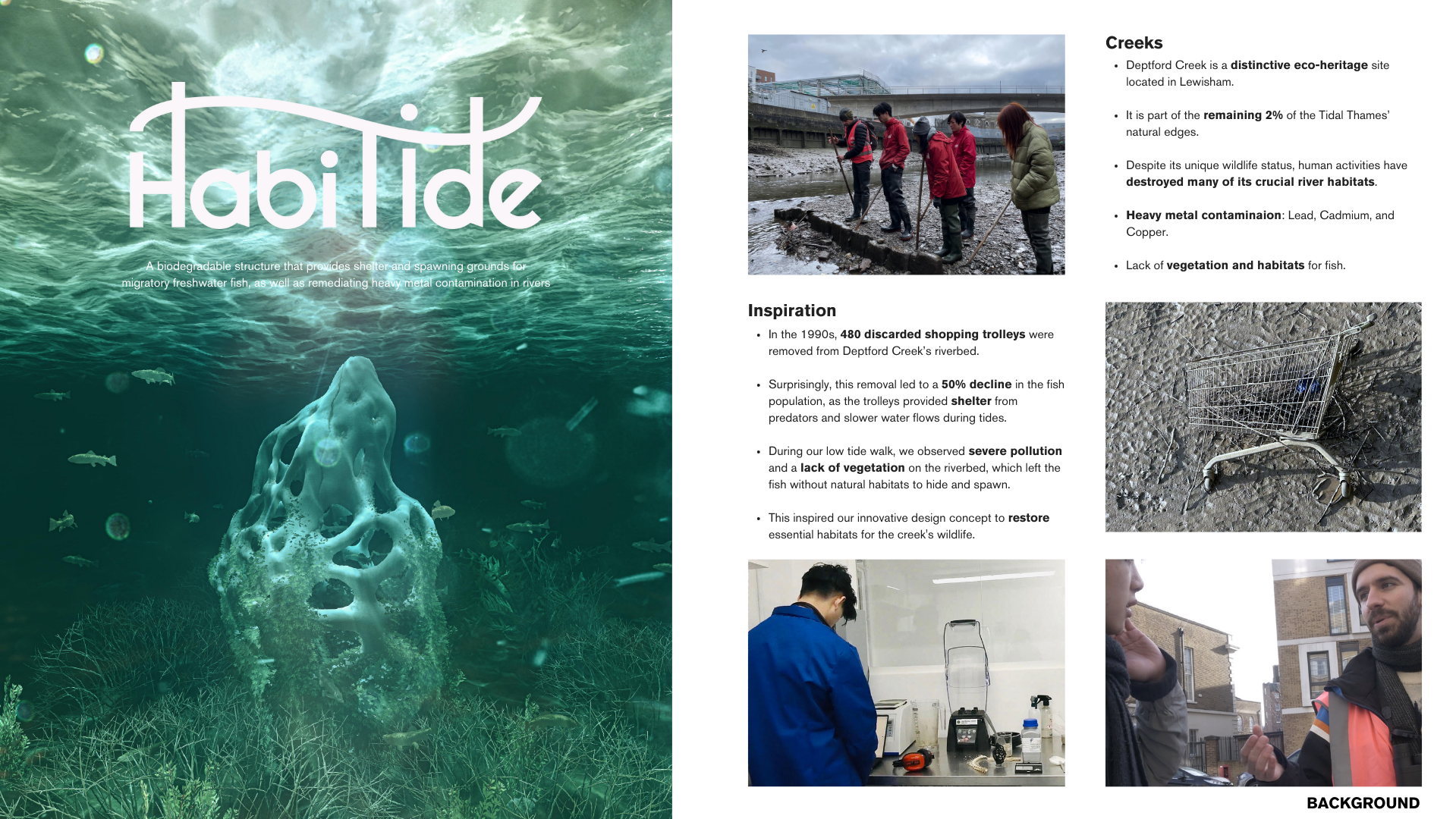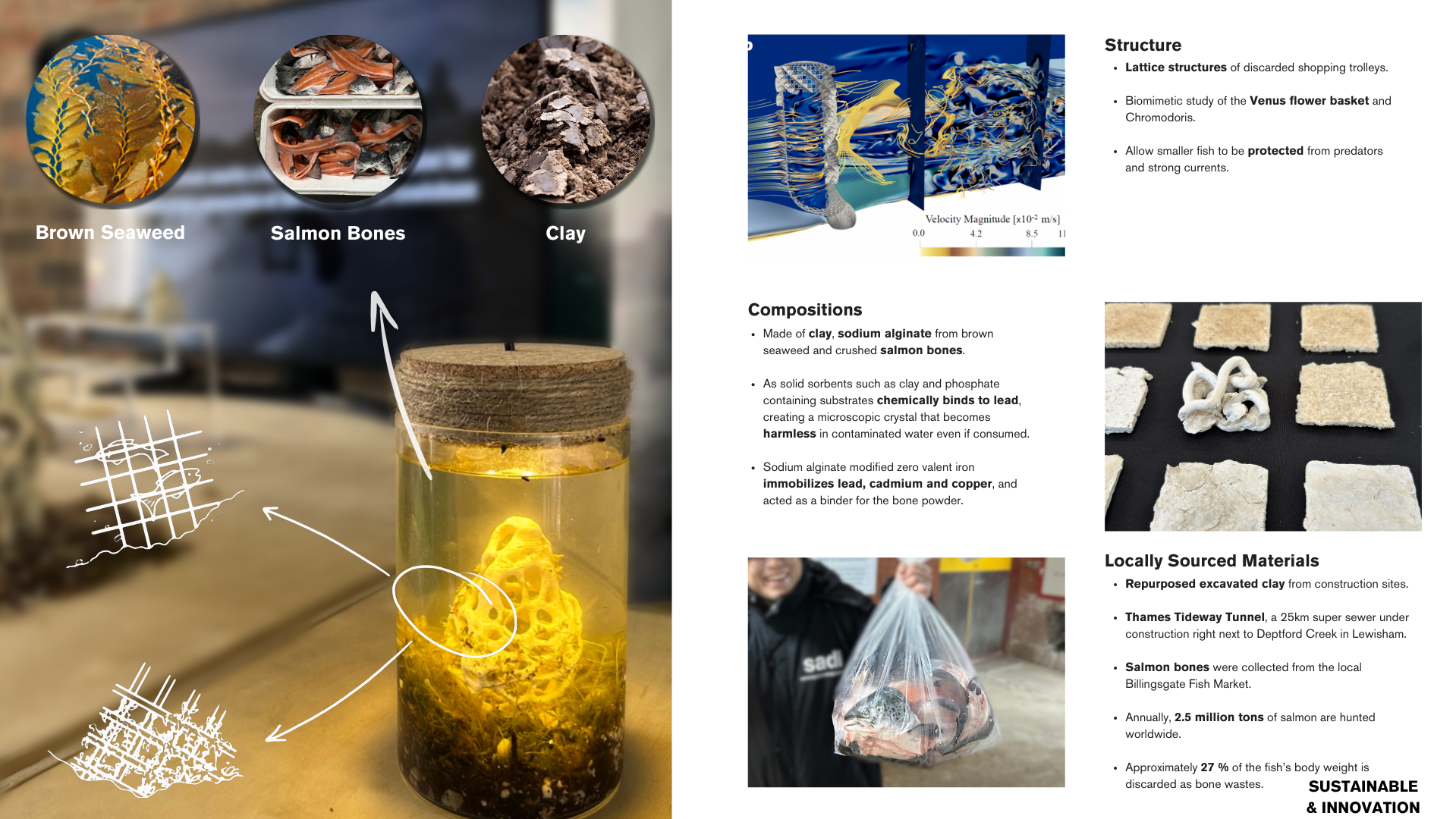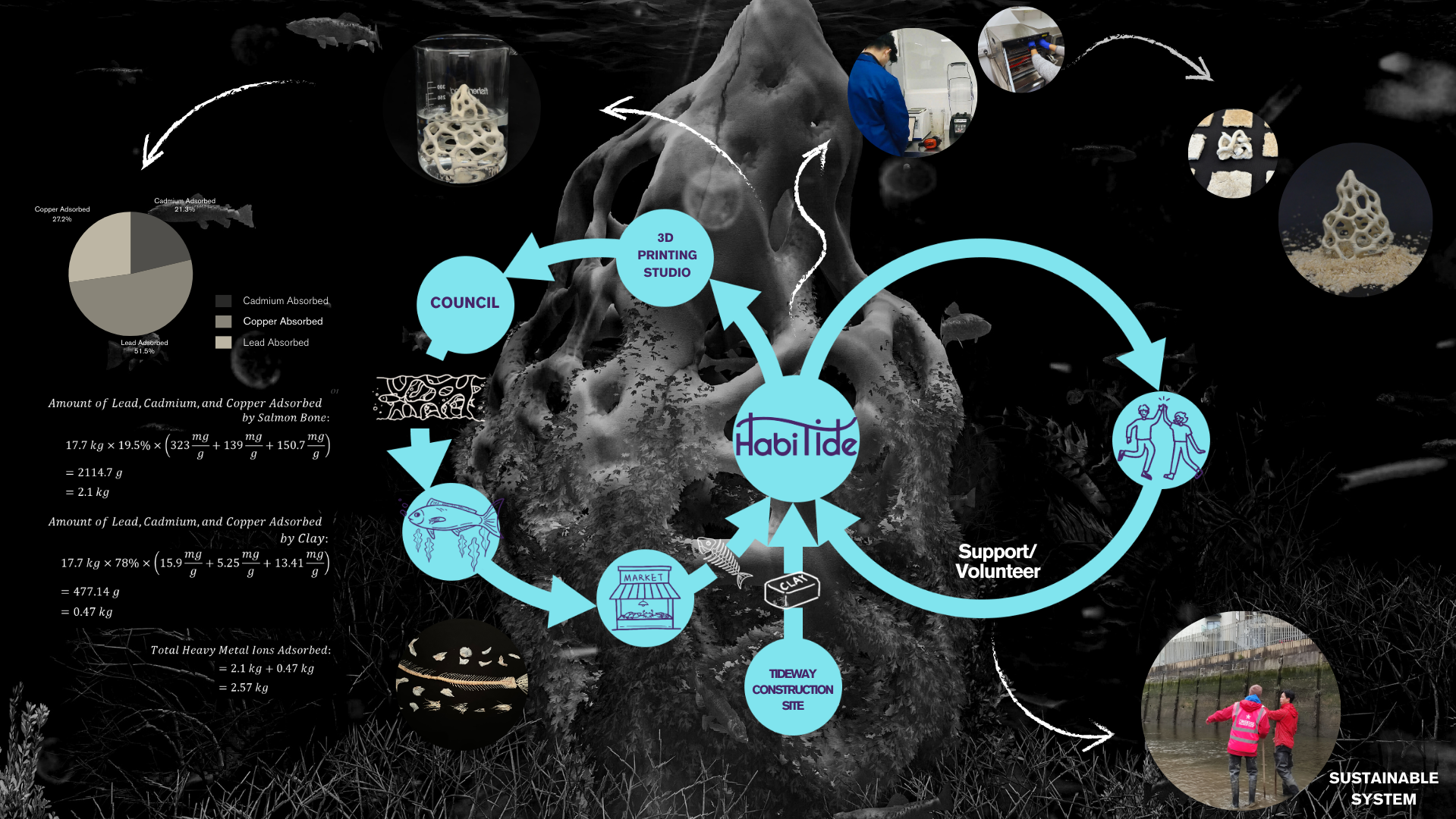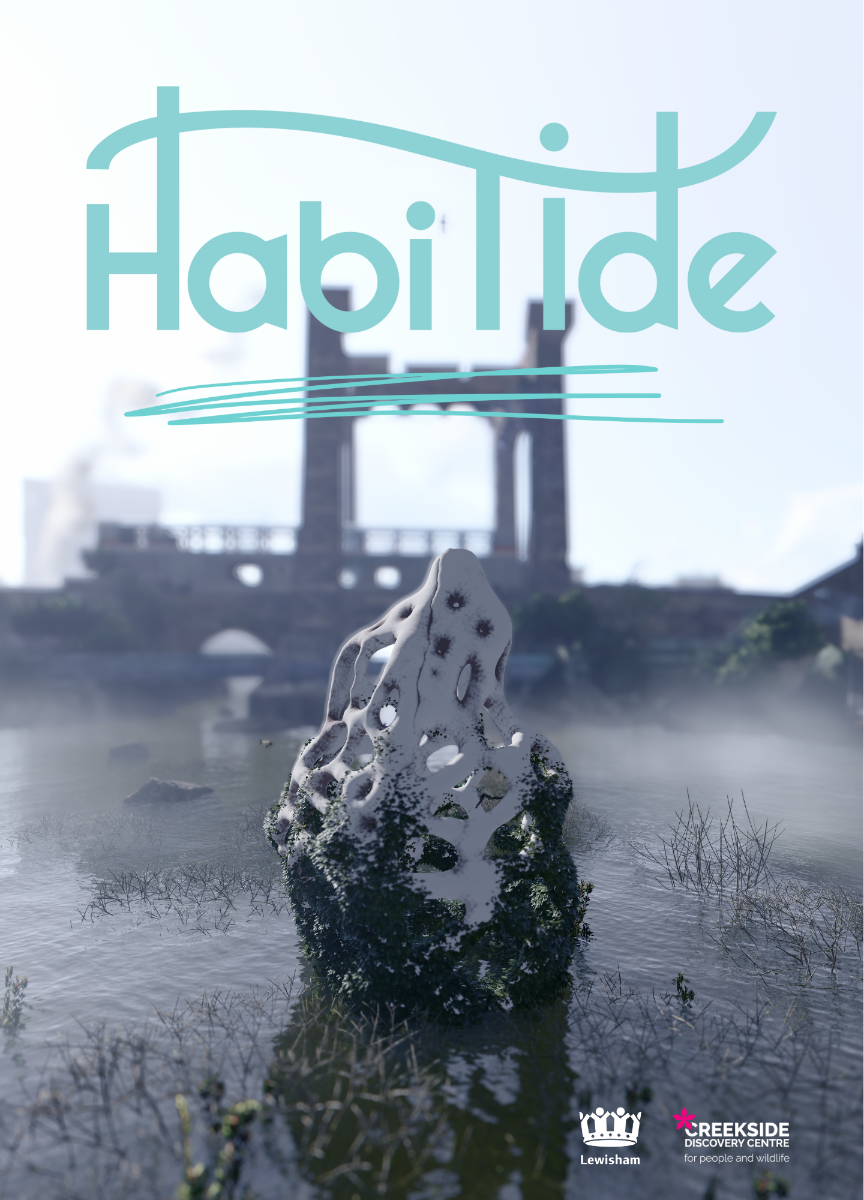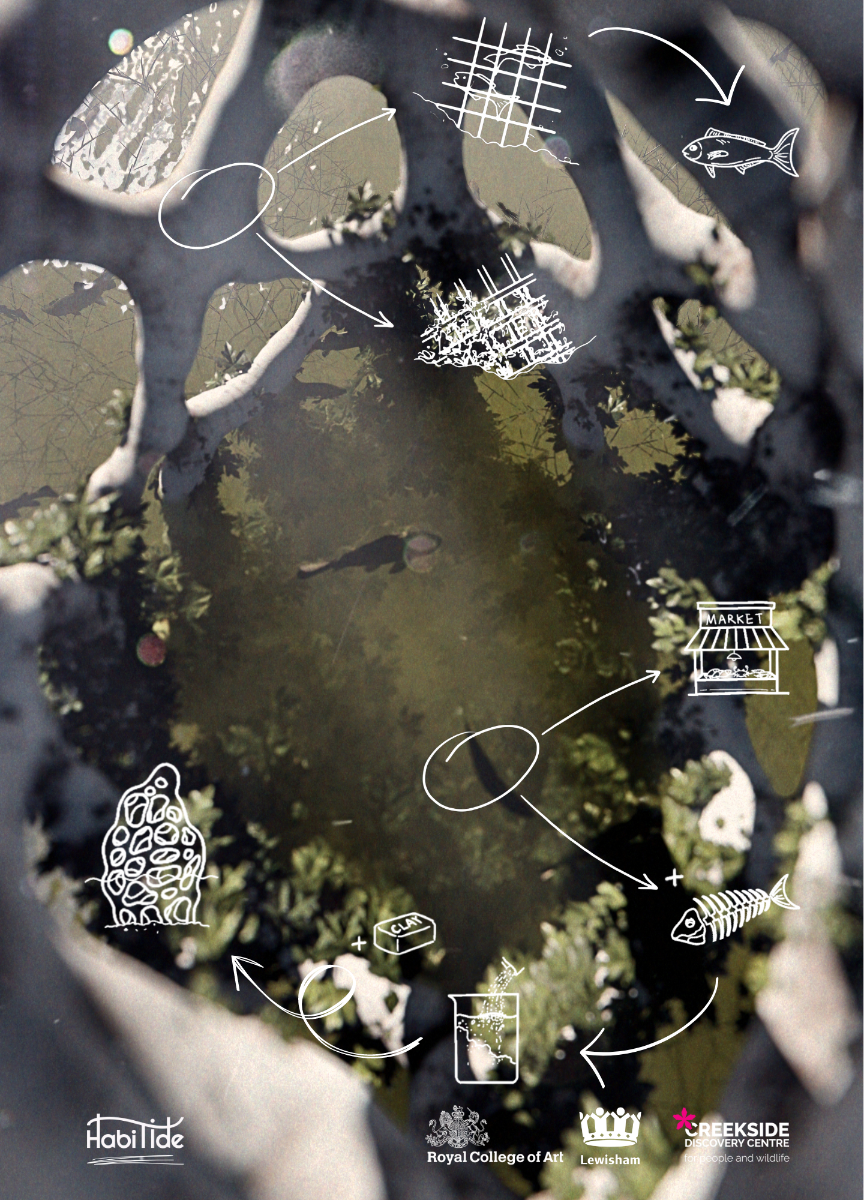Dawoon Yim
Design Products MA
Royal College of Art
Graduates: 2024
Specialisms: Design and Technology / Industrial Design / Sustainable Design
My location: Seoul, South Korea
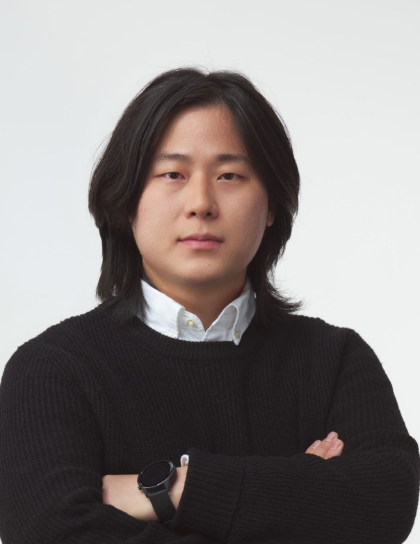

Dawoon Yim

First Name: Dawoon
Last Name: Yim
University / College: Royal College of Art
Course / Program: Design Products MA
Graduates: 2024
Specialisms: Design and Technology / Industrial Design / Sustainable Design
My Location: Seoul, South Korea
About
Deptford Creek, a distinctive eco-heritage site within Lewisham, is part of the remaining 2% of the Tidal Thames' natural edges. Despite its unique status for wildlife, human activities have destroyed its crucial river habitats. In the 1990s, over 480 shopping trolleys were removed from the riverbed. This led to an unexpected 50% decline in Deptford Creek's fish population, as the lattice structures of the trolleys served as refuges for young fish against bigger predators during tides, while also creating a stable internal structure protected from the strong currents. This serendipitous discovery has been a great inspiration for our project. HabiTide creates an integrated ecosystem. It not only purifies water and provides a habitat for fish but also promotes the growth of algae as water flows through the structure. This algae growth is crucial, as it supports phytoplankton, which in turn provides food for the fish, enhancing the habitat's overall viability. Moreover, HabiTide's lattice structure presents significant advantages over other designs. Fish perceive these lattice-like formations as safe havens where they can seek refuge from predators during changing tides. Our design, inspired by the aquatic creature known as Venus' Flower Basket, slows the river's flow rate, which stabilises the internal environment. This stability is essential for sustaining small shrimp, plankton, and fish populations. Additionally, We've developed an algorithm using Grasshopper's Chromodoris that enables users to customise the structure to meet the specific conditions of different creeks. HabiTide is made by recycling salmon bones from local fisheries, repurposing clay from construction sites, and modifying sodium alginate from brown algae. It enhances water quality by absorbing and immobilising pollutants like lead, cadmium, and copper. With its solid adsorbents like clay and its capacity to capture substances such as phosphates, HabiTide can absorb up to 2.57 kg of heavy metals, effectively purifying the water.
Competitions
